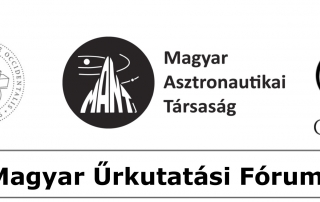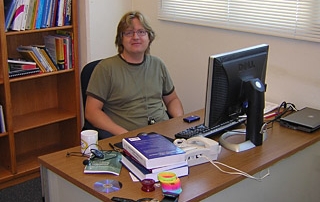A Magyar Asztronautikai Társaság és az MTA Csillagászati és Földtudományi Kutatóközpont Geodéziai és Geofizikai Intézet közös kezdeményezésére, a Nyugat-magyarországi Egyetem Simonyi Károly Műszaki, Faanyagtudományi és Művészeti Kar társszervezésével 2015. május 7-9. között Sopronban kerül megrendezésre a Magyar Űrkutatási Fórum 2015.
A rendezvény a több évtizedes hagyományok alapján a magyar űrkutatás széles fóruma. Lehetőséget biztosít az űrfizika, napfizika, geofizika, légkörfizika, űrgeodézia, planetológia és az űrkutatáshoz kapcsolódó más tudományterületeken, műszaki fejlesztésekben elért hazai eredmények bemutatására, megvitatására. A rendezvényre különösen invitáljuk a fiatal kutatókat, PhD-hallgatókat, egyetemi hallgatókat, akik bemutathatják saját eredményeiket és megismerkedhetnek a hazai űrkutatással foglalkozó magyar szakmai közösséggel.
Előadások bejelentésének és az absztraktok leadásának határideje: 2015. március 20.
További információk: urforum.ggki.hu



